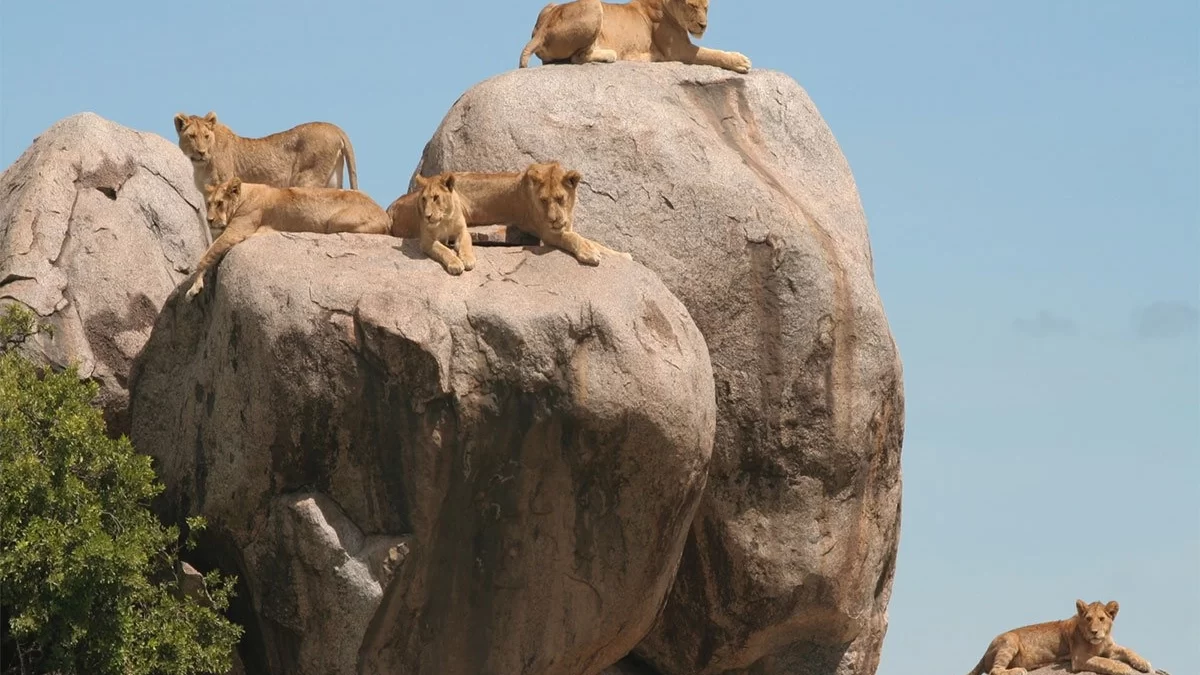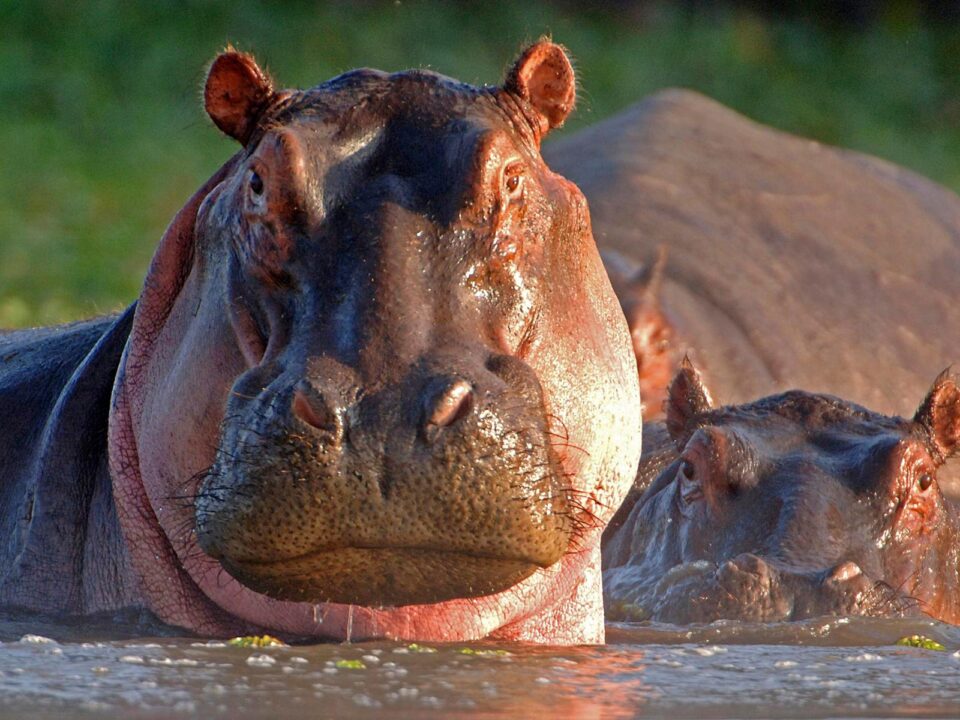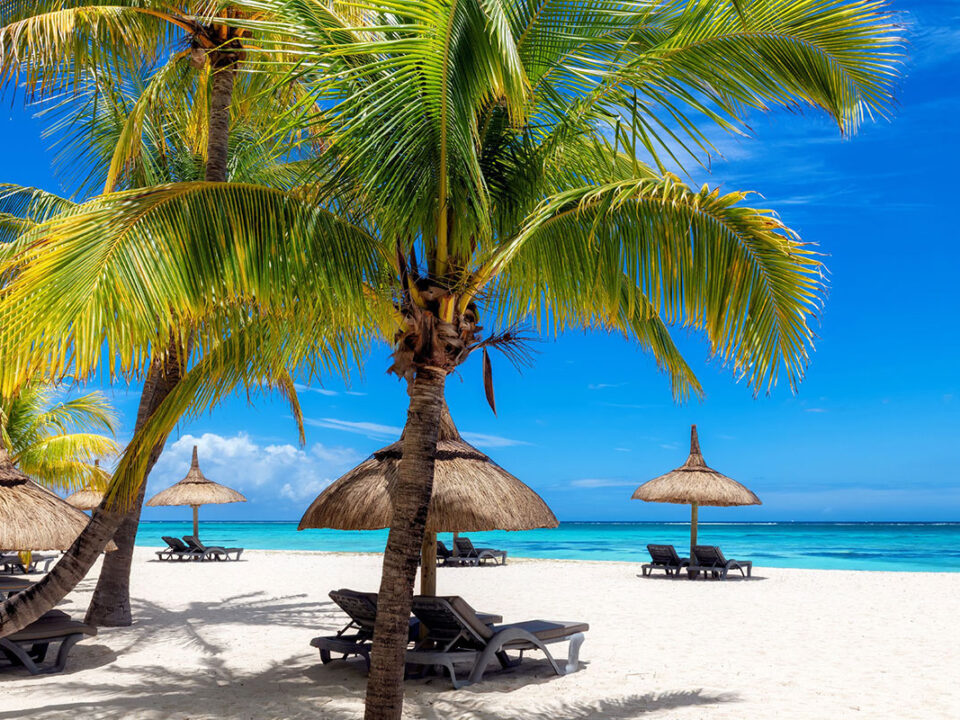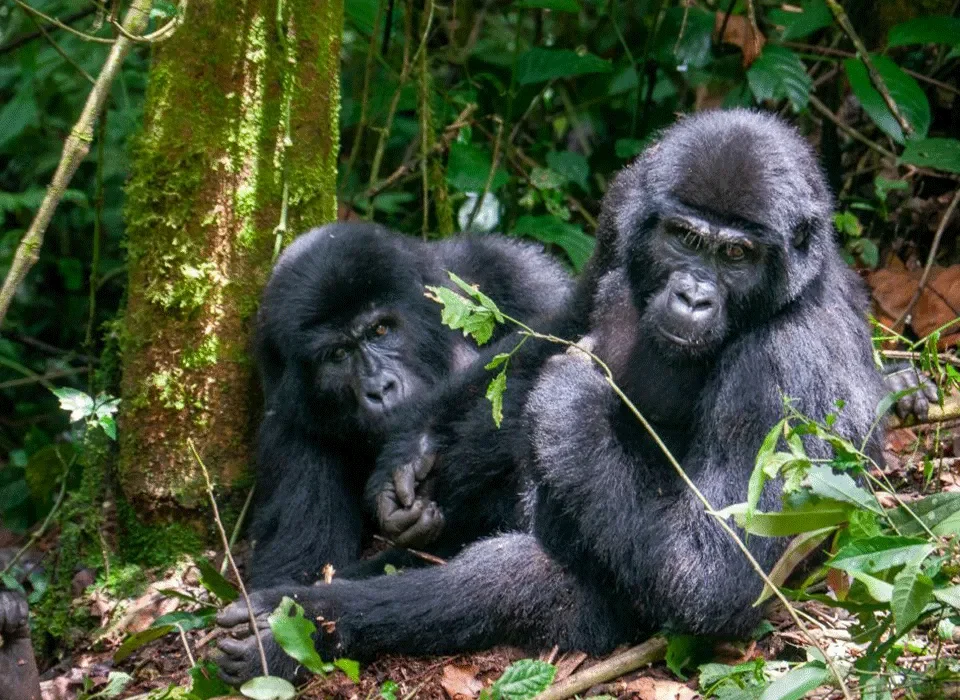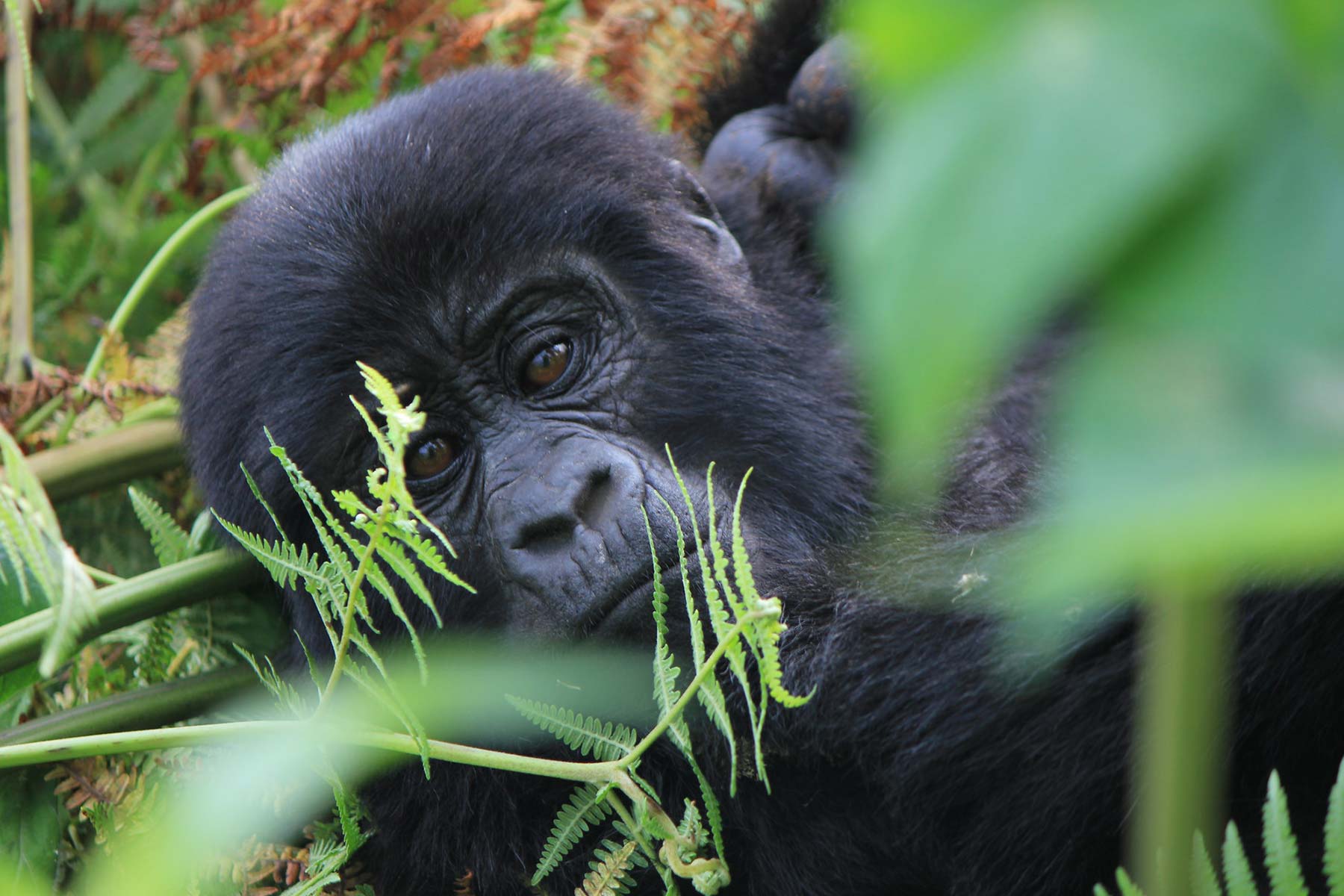
Bwindi Gorilla Tracking Safaris via Kigali
December 4, 2023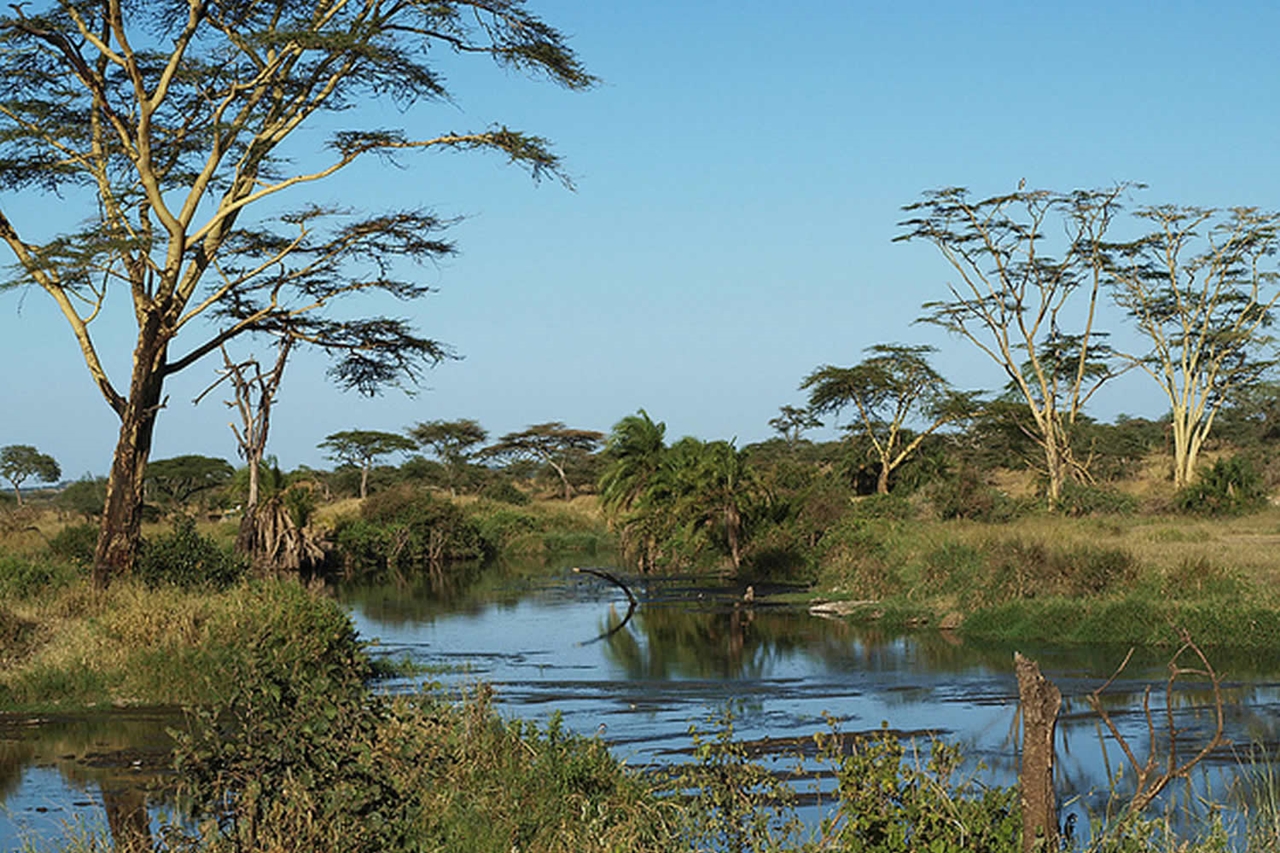
Seronera River at Serengeti in Tanzania
December 5, 2023Simba Kopjes: Serengeti’s Majestic Wildlife Haven
Experience the allure of Simba Kopjes, a captivating destination nestled in the heart of Serengeti National Park, Tanzania, renowned for its breathtaking wildlife safaris. As the name suggests, Simba Kopje is a sanctuary where our expert guides ensure you explore the park to its fullest, adhering to our commitment to perfect service delivery.
These kopjes, the tallest in Serengeti National Park, derive their name from Kiswahili, where “Simba” means lion. One of the prominent kopjes, known as “Soit Naado Murt” in Masai language, translates to ‘the long-necked stone.’ This area is a lion’s realm, but the richness of Simba Kopjes extends beyond the feline royalty. Giraffes and baboons call this place home, accompanied by a diverse array of bird species. To the south lies a quaint hippo pool, while to the west, Lake Magadi unfolds its swamps and salt flats, hosting a mesmerizing display of pink flamingos.
Several game loops encircle the kopjes, providing an opportunity to capture the beauty of nature and observe the wildlife in their natural habitat. Beyond lions, giraffes, and baboons, elephants, zebras, Grant’s gazelles, cheetahs, and bat-eared foxes often grace this area with their presence.
South of Simba Kopjes, a small hippo pool adds to the charm, and to the west lies Lake Magadi with its shallow, salty waters. This lake, with its glass-like surface, is the perfect spot for observing flamingos feasting on algae and shrimp in saltwater. The swampy areas surrounding the lake offer sightings of the reedbuck with its reddish coat.
The Serengeti National Park, established in 1952, stands as a testament to Tanzania’s commitment to preserving its rich biodiversity. Home to the awe-inspiring great migration of wildebeest and zebras, the park also boasts a resident population of lions, cheetahs, elephants, giraffes, and diverse bird species. Its vast expanse, covering 5,700 square miles (14,763 sq km), invites exploration, with accommodations ranging from luxury lodges to mobile camps.
The park is divided into three sections: the popular southern/central part (Seronera Valley), known as the “serengit” in Maasai language, features classic savannah landscapes dotted with acacias and teeming with wildlife. The western corridor, marked by the Grumeti River, offers more forests and dense bush. The less-visited northern area, Lobo, connects with Kenya’s Masai Mara Reserve.
Within this region, two World Heritage Sites and two Biosphere Reserves have been established, showcasing the unique ecosystem that has inspired renowned writers, filmmakers, photographers, and scientists. The Serengeti ecosystem, one of the oldest on earth, reflects the enduring patterns of life, death, adaptation, and migration.
The Serengeti is most famed for the great migration, where over a million wildebeest and about 200,000 zebras embark on a cyclical journey from the northern hills to the southern plains and then west and north, dictated by ancient instincts that no obstacle can deter.
Join us to unravel the diverse forms of vegetation and landscapes within the Serengeti ecosystem, and encounter some of its most captivating inhabitants on an unforgettable journey into the heart of nature’s wonders.

